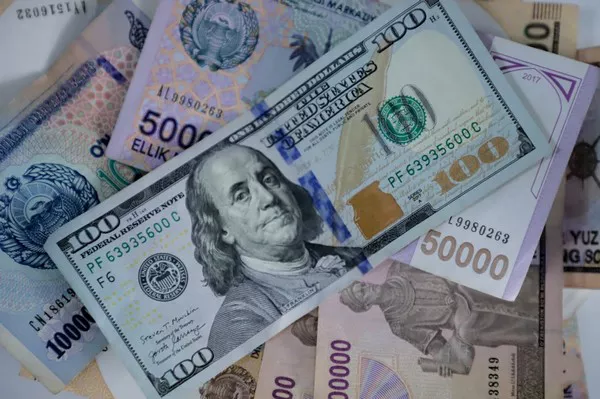The United States dollar bill remains one of the most widely recognized and used currencies in the world. The US currency has a rich history, with many different denominations issued over the years. One of the unique features of the US currency is the size of its bills, with some of the larger notes being significantly larger than others. In this article, we will explore what the largest dollar bill in the US is and delve into its history.
The United States Currency System
Before we explore the largest dollar bill in the US, it’s important to understand the country’s currency system. The official currency of the US is the US dollar, and it is divided into 100 smaller units called cents. There are seven different denominations of US paper currency, ranging from $1 to $100. The bills feature prominent figures from US history and landmarks.
The Largest Dollar Bill in the US
The largest dollar bill in the US is the $100,000 bill, also known as the “One Hundred Thousand Dollar Gold Certificate.” This bill was not circulated among the general public but was instead used only for transactions between Federal Reserve Banks. It was last printed in 1945 and officially discontinued in 1969 when the US government discontinued the use of gold certificates.
Design and Features
The $100,000 bill was designed by J.C. McPherson and was first issued in 1934. It featured the portrait of Woodrow Wilson, who served as the 28th President of the United States. The bill was approximately the same size as a regular US bill, measuring 8.5 inches by 3.5 inches. However, it was printed on special paper with a distinctive gold tint.
One of the most notable features of the $100,000 bill is that it could only be used for transactions between Federal Reserve Banks and the US Department of the Treasury. The bill was not intended for general circulation, and it was illegal for individuals to own or use them.
History of the $100,000 Bill
The $100,000 bill was first printed in December 1934 as part of a plan to transfer large sums of money between Federal Reserve Banks. At the time, it was considered more efficient and secure than transferring large quantities of gold bullion. The bill was used primarily by banks to settle their accounts with the government, making it an important tool for managing the country’s financial system.
During World War II, the US government used the $100,000 bill to transfer large sums of money to other countries, such as Great Britain and Russia, to support the war effort. However, the bills were never circulated among the general public, and they remained in the hands of banks and government agencies.
In 1969, the US government discontinued the use of gold certificates, and the $100,000 bill was officially removed from circulation. Today, only a few examples of the bill exist, and they are highly sought after by collectors. In fact, the bills are so rare that they can fetch millions of dollars at auction.
Other Large Denominations
While the $100,000 bill is the largest dollar bill ever printed in the US, there have been several other large denominations issued over the years. For example, the US government also issued $500, $1,000, $5,000, and $10,000 bills in the past. These bills were used mainly for transactions between banks and were not intended for circulation among the general public.
The $500 bill featured the portrait of President William McKinley, while the $1,000 bill featured the portrait of President Grover Cleveland. The $5,000 bill featured the portrait of James Madison, and the $10,000 bill featured the portrait of Salmon P. Chase, who served as the Secretary of the Treasury under President Abraham Lincoln.
Conclusion
In conclusion, the $100,000 bill is the largest dollar bill ever printed in the US. It was not intended for general circulation but was instead used only for transactions between Federal Reserve Banks and the US Department of the Treasury. Today, the bill is highly sought after by collectors and can fetch millions of dollars at auction. While other large denominations were also issued in the past, they were only used for transactions between banks and were not intended for circulation among the general public. The unique size and design of these bills make them an interesting piece of US currency history.


